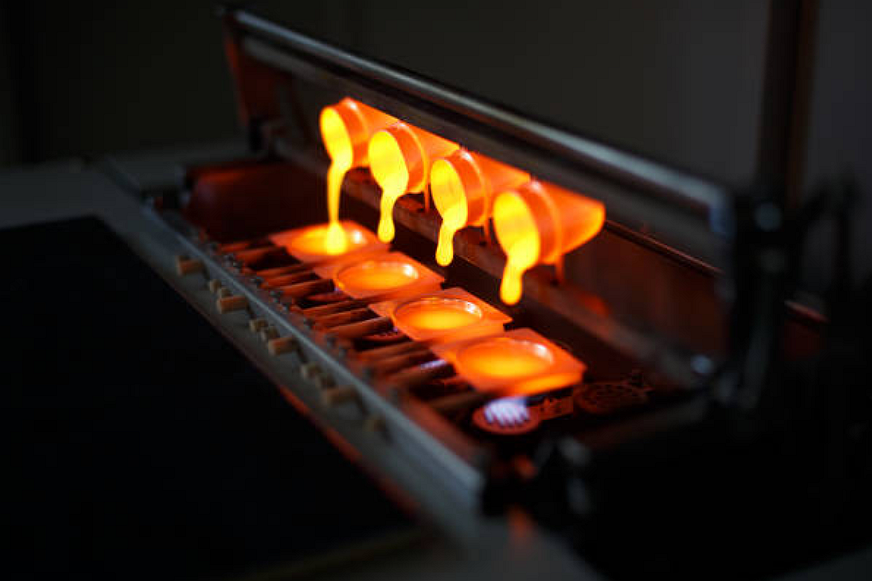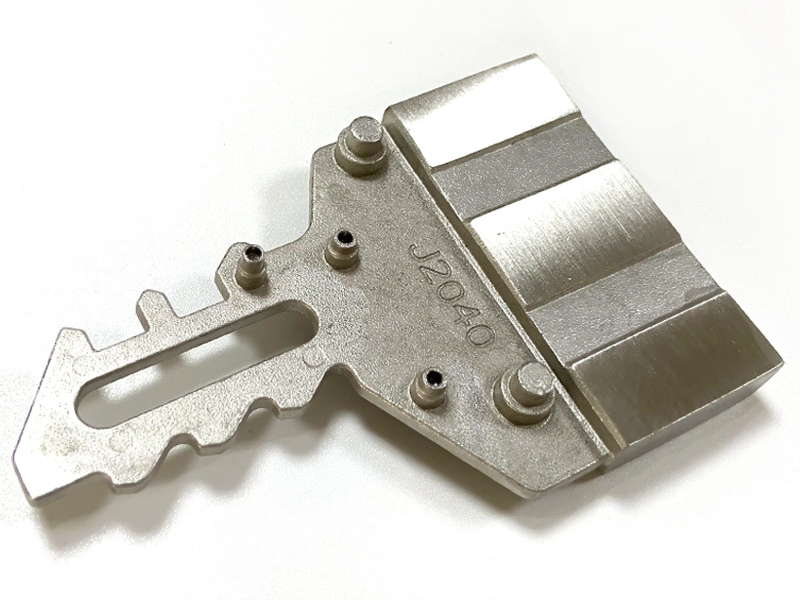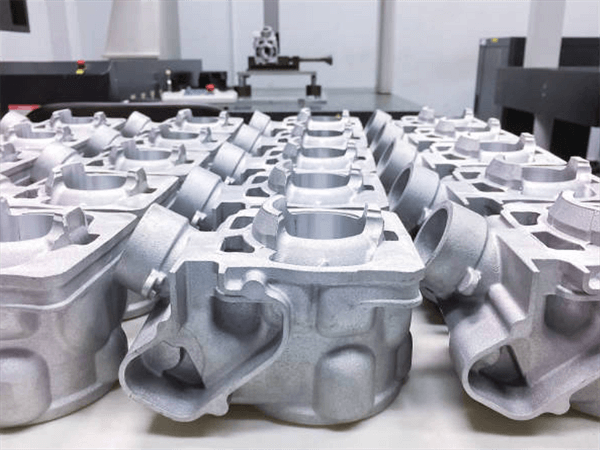What makes gravity casting suitable for achieving high-quality finishes?
Controlled Metal Flow and Mold Precision
In modern gravity casting, achieving a premium surface finish begins with controlling the flow of molten metal. Because the process relies on gravity rather than high pressure, turbulence is minimized, resulting in fewer gas inclusions and smoother surfaces. Advanced mold design optimization ensures that alloys such as A380 aluminum and B390 fill cavities uniformly, producing dense, defect-free castings. The introduction of simulation software allows engineers to predict solidification patterns, improving consistency across production batches.
Material Selection and Alloy Performance
Selecting the right material is crucial to achieving a high surface quality. Alloys like magnesium alloy and copper alloy offer smooth flow and excellent surface response, while nickel-based alloys provide enhanced corrosion and oxidation resistance for components used in demanding environments. Additionally, zinc alloy castings naturally form a bright, clean surface, reducing the need for extensive post-processing.
Hybrid Manufacturing Enhancements
Combining CNC machining, prototyping, and 3D printing with traditional gravity casting allows precise control over final dimensions and finishing details. Engineers often integrate powder compression molding inserts or near-net-shape cores to refine internal geometries, while investment casting steps are used when intricate detailing and minimal draft angles are required. This hybrid process chain reduces roughness and machining time while enhancing repeatability.
Advanced Surface Treatment Technologies
High-quality finishes are often achieved through the use of well-chosen surface treatment techniques. Processes such as polishing and anodizing not only enhance aesthetics but also strengthen corrosion resistance and mechanical durability. When components demand superior reflectivity or abrasion protection, engineers apply chrome plating or powder coating for lasting performance. These techniques collectively ensure the final surface meets both visual and functional standards.
Process Stability and Thermal Control
The steady pouring rate inherent to gravity casting minimizes turbulence, allowing the metal to solidify under stable thermal gradients. This produces fine-grain structures with uniform surface texture. Heat treatment further refines microstructure and surface hardness, ensuring a uniform finish that maintains integrity under mechanical stress. For alloys like A356, this results in exceptional polishability and improved coating adhesion.
Cross-Industry Aesthetic and Functional Demands
High-end industries are increasingly relying on gravity casting for both visually appealing and performance-critical parts. The automotive sector values its smooth casting finish for housing and bracket components, while the aerospace industry leverages it for lightweight structural elements with tight surface tolerances. In consumer electronics, precision finishes enhance the aesthetic appeal of visible casings and mechanical assemblies. These applications demonstrate the balance between cost efficiency and finish excellence in gravity casting.



